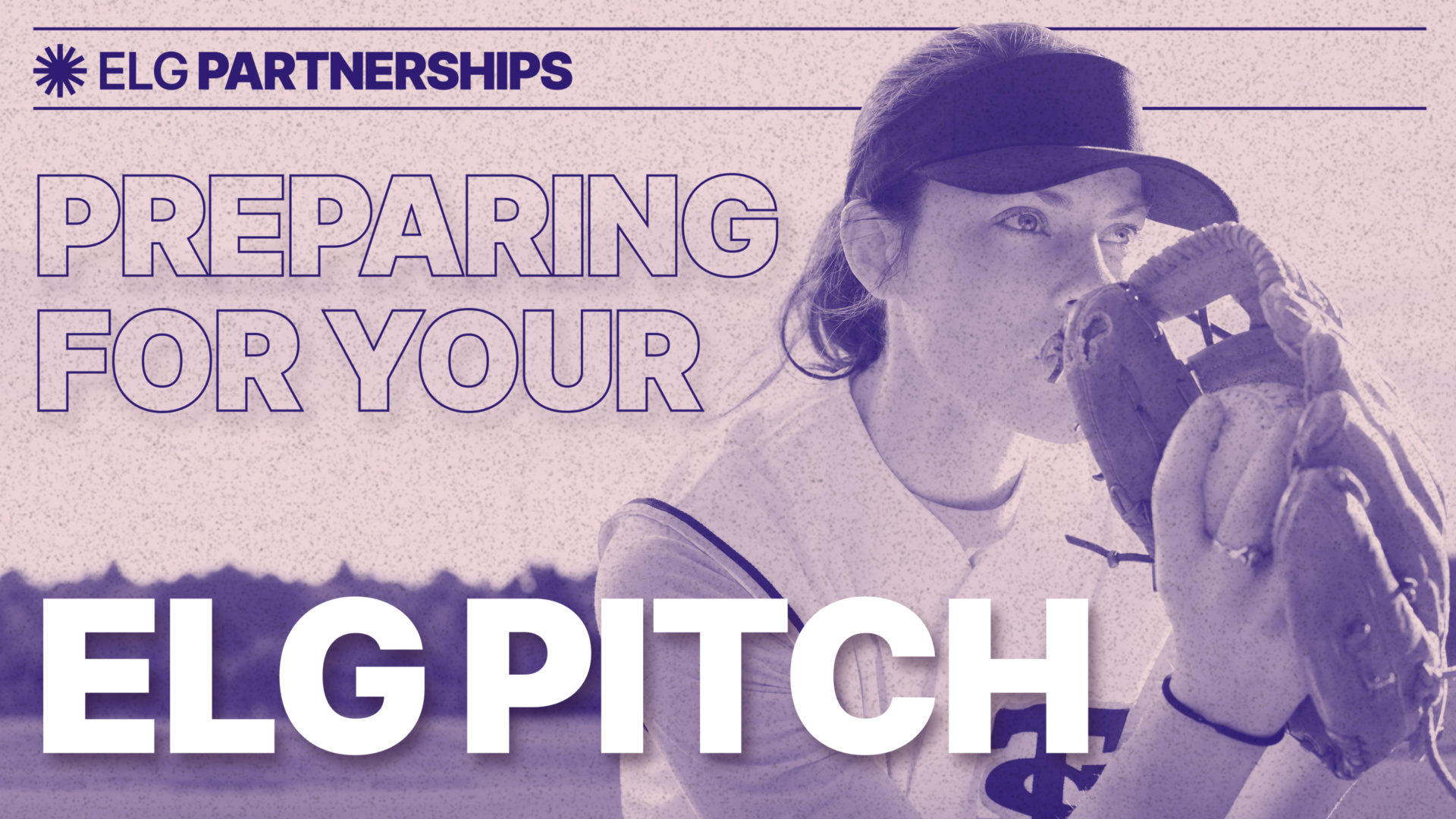Subscribe for Access
– is Gen AI. As a result, it’s assumed that Gen AI Co-Pilots are already being pushed into partner ecosystems as part of a status quo top-down GTM.
How much impact is AI already having on the ecosystem?
Although still in the early days, Microsoft is reporting some interesting impacts and partner outcomes. In a recent article, Jason Alhoff, Microsoft’s Chief Commercial Officer, categorizes four opportunity zones where organizations can empower their AI transformation:
- Enriching employee experiences
- Reinventing customer engagement
- Reshaping business processes, and
- Bending the curve on innovation.
Across each of these areas, Microsoft reports service-partner/professional services results including:
- KPMG has seen a 50% jump in employee productivity.
- Dentsu is saving hundreds of employees up to 30 minutes per day on creative visualization processes.
- EY is making it easier to generate reports and access insights in near real-time.
- s to ask questions in natural language.
Beyond productivity, cost savings, and incremental capabilities, Alhoff states that:
“AI will disrupt and transform partner business models across the dimensions of their engagement with software vendor partners, understanding and responding to this will allow SaaS vendors to drive convergence by pulling the ecosystems’ needs into their AI strategy.”
Based on these types of impacts, it’s safe to say that even if the classic partner-vendor journey stays consistent, AI will transform all dimensions of what gets done and how it gets done across the journey.
Disruptions and opportunities might include:
- The dating process: How a partner discovers a vendor and begins to consider whether a partnership makes sense? Going forward, finding the perfect-fit vendor might happen most frequently through a well-crafted chat GPT prompt.
- The solutioning process: How a partner-vendor goes from concept to POC to MVP to mature better together solution. Going forward Gen AI can help reduce time to market across the solutioning process, e.g., reducing time and headcount to create compelling content.
- Creating demand: How a partner and vendor create demand? Gen AI is already transforming TCMA (through channel marketing automation). Check out Structured Web’s ChannelGPT, a generative AI tool that revolutionizes the way vendors and partners create, customize, and distribute channel marketing content.
- Closing business: How partners influence and source closed won business together? Going forward, Gen AI can help sales, customer success, and partner managers to check the status of any partnering activities across the sales cycle. Think of Reveal or Crossbeam data and insights delivered via a Chat GTP prompt.
- Post-sales: How to ensure that the customer adopts based on a great implementation, consumes based on compelling use cases, and expands based on cross and upsell opportunities. From supporting multi-vendor use cases and support to codifying and accessing proprietary knowledge bases, AI will transform partner practices and the way that support (and ultimately success) is delivered to customers.
Important Considerations
Vendors that ignore how the ecosystem thinks about AI are already behind the curve. Getting ahead means both developing an understanding of, and being empathetic to (e.g., asking and listening carefully), how the ecosystem will respond to AI opportunities and threats. Only then can SaaS vendors develop an Ecosystem AI strategy that drives convergence between their AI products and where the ecosystem needs support.
It’s a safe assumption, based on previous behavior, that most organizations and their partner leaders will approach their ecosystem with the same old ’This is why you should incorporate our AI into your practice and partnership’ story. The challenge is, there’s nothing unique or differentiated in this approach. As an alternative, organizations can make a difference by deploying an integrated bottom-up Ecosystem AI strategy.
As the left side of the diagram below depicts, the status quo GTM will be to push AI top-down onto the ecosystem while ignoring how the ecosystem uses AI in its business (e.g., how AI will change the business and operating model of a Systems Integrator). With this approach, there is little or no convergence (only fragmentation) between a SaaS company’s AI strategy and how AI will transform the Ecosystem - particularly for services-oriented partners.
We propose instead that B2B SaaS vendors take a more empathetic and integrated approach, working to understand how and when AI will change the Ecosystem and creating a convergence between SaaS company and partner needs.
Here is the win/win/win with the integrated approach:
- Ecosystem partners will get support from vendors to accelerate their AI transformation.
- Vendors who support this acceleration will see greater adoption of their AI GTMs because the GTM (where push meets pull) will be more valuable to the ecosystem partners.
- The harmonization of Vendor push, and ecosystem pull, will provide end customers with better use cases and experiences, and will further drive demand for an integrated approach.
Love to hear your thoughts and to dialog with other ecosystem leaders who see the opportunities to get Ecosystem AI figured out in 2024.









%20(1).jpg)






.png)




























.jpg)




.png)






.jpg)





.jpg)

.webp)


















.webp)













